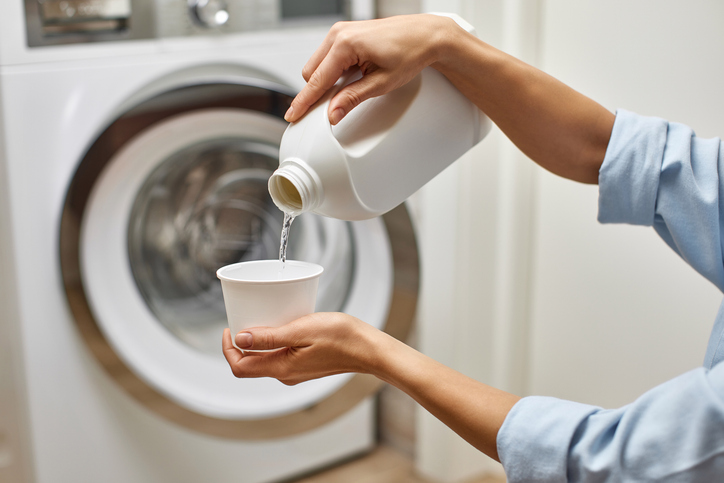
1. Bleach Doesn’t Kill Mold
Bleach may lighten the appearance of mold, but it doesn’t eliminate the organism. It removes the color—not the root structure, allowing mold to survive and return quickly, often more aggressively than before.
2. Bleach is 99% Water—And Mold Loves Water
Most people don’t realize that bleach is mostly water. When applied to porous materials, the water component soaks in, feeding mold growth deep within surfaces like drywall, wood, or insulation.
3. Bleach Loses Strength Over Time
Even if bleach worked perfectly when fresh, it’s rarely used at full potency. Unopened containers lose up to 50% of their effectiveness within 90 days. The chlorine slowly escapes through the container walls, leaving you with a weaker, less effective solution.
4. It Can’t Penetrate Porous Materials
Mold often grows roots inside porous materials like wood, carpet backing, or drywall. Bleach can’t reach those roots—it stays on the surface. Meanwhile, the moisture soaks in and encourages deeper growth.
5. It Damages Surfaces
Over time, bleach breaks down and weakens the materials you’re trying to protect. This can result in warped wood, frayed fabrics, and weakened drywall or subflooring.
6. It’s Not EPA-Registered to Kill Mold
Bleach is a powerful disinfectant, but it’s not approved by the EPA for killing mold. If you look at any bleach container, you won’t find a mold-related EPA registration number—because it doesn’t exist.
7. It Releases Harmful Fumes
Bleach produces strong chlorine vapors that can irritate the lungs, especially in people with asthma, allergies, or respiratory conditions. In high concentrations, it may even trigger dangerous health reactions in vulnerable individuals and pets.
The Safer, Science-Backed Alternative
At Green Home Solutions – we take a smarter approach to mold remediation. Our EPA-registered, enzyme-powered products penetrate deeply, breaking down mold at the molecular level and rendering it inert—all without the use of harsh chemicals.
We follow IICRC and ANSI standards and maintain ACAC certification, so you can trust that our solutions are not only effective but also safe for your family and your home.
If you’re in your city and need help with mold, give us a call today at 1-800-SOLUTIONS
